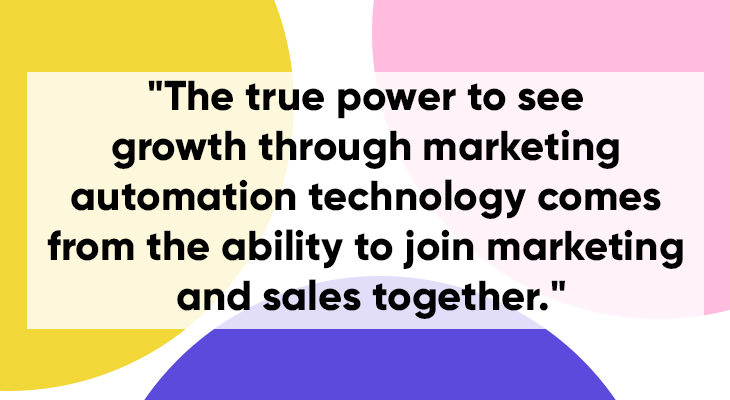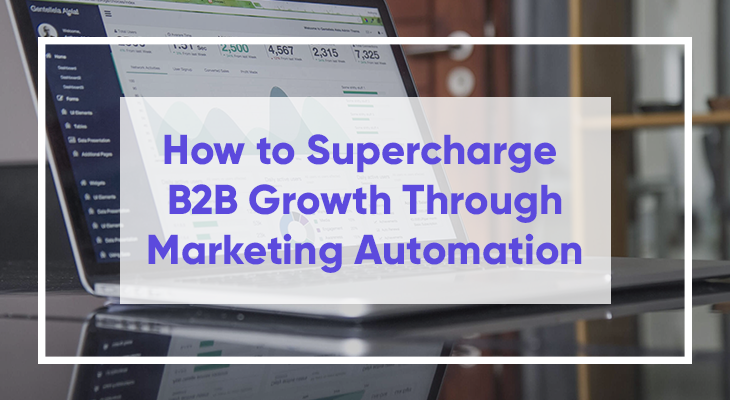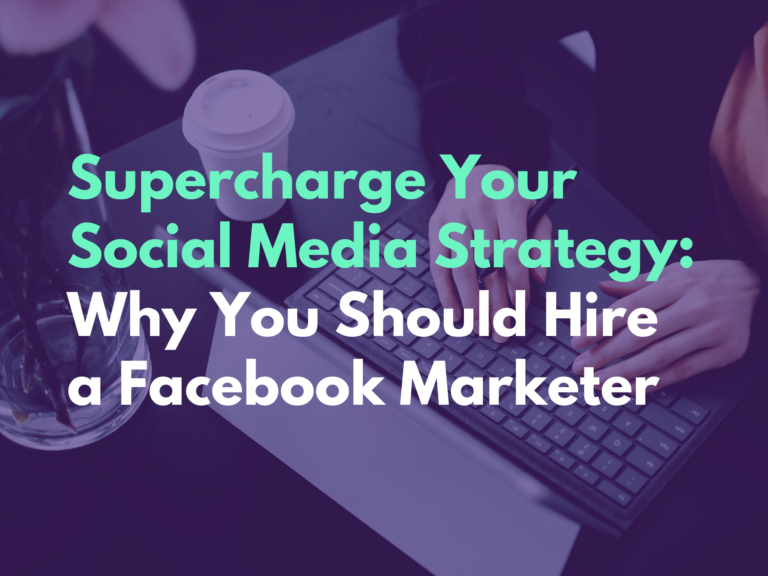You may have marketing automation technology in your organization right now, but chances are you are underutilizing it. And if you don’t have it, then you definitely need it.
Every year, Hubspot conducts research on capturing the return on investment its customers have experienced from marketing and selling with their software. The research covers the following three areas that are available from marketing automation: attracting strangers to become website visitors, converting website visitors to leads, and closing leads into customers.
Here are the results:
- Attracting Site Visitors: Customers reached 3.3 times more visitors per month within 1 year.
- Converting Visitors to Leads: Customers reached 3.5 times more leads per month within 1 year.
- Turning Leads into Customers: 79% of customers who responded to the survey saw an increase in sales revenue, 67% within 7 months of using HubSpot. 83% of the customers saw an increase in lead to customer conversion rate.
The numbers speak for themselves! For B2B companies, the true power to see growth through marketing automation technology comes from the ability to join marketing and sales together. Done right, marketing sets up programs that generate and nurtures targeted leads, and builds programs that pass quality leads to sales. But how does it work?

One simple example is lead scoring. When beginning a lead scoring program, marketing sits down with the sales team to establish some baselines—how long it typically takes to get an appointment with a cold lead; how many touchpoints it takes; what types of touchpoints you are using, etc. By understanding this information, marketing is able to create nurture programs that pass leads to sales when they are ready, allowing the sales team to focus on what is important in the meantime: closing deals. The collaboration makes the teams more unified because there is buy in from both parties and not only is sales getting qualified leads, they feel marketing is supporting their success.
What are some other ways that marketing automation be leveraged in B2B companies:
- Account-Based Marketing (ABM)
Today, marketing automation tools are making ABM a native feature to the platform. With account-based marketing, marketing and sales teams flip the funnel, targeting key accounts vs contacts like we see in traditional lead generation. A well-developed ABM strategy can come to life in automation, resulting in predictive account models that will assist in who to target in the future.
Pro Tip: The set-up can be tricky, so having an expert strategize, implement, and train your team can give you huge quick wins.
- Demand Generation Programs that have a iterative feedback loop
Marketing automation can power a well-developed demand generation program from acquiring leads to winning deals with sales. Create custom programs that acquire target personas, bring those leads into nurture to warm up for sales, through lead scoring, pass to sales, and ensure you have a feedback loop to see what is working from your sales team. The beauty – marketing automation can make this process more efficient, leaving more room for marketing to optimize and sales to personalize reach outs.
Pro Tip: Oftentimes, teams will build a demand generation program in their marketing automation tool without thinking through the foundational strategic components necessary in demand generation. It is important to have a strategy – personas, buyer’s journey, lead management processes, etc to truly be successful.
So, are you ready to unify sales and marketing and leverage your marketing automation platform for growth? We have the B2B marketing experts that can help you now!


